Are you ready to turn your bathroom into a sanctuary of style and comfort? I’ve crafted a step-by-step guide to walk you through the essential bathroom remodeling steps, ensuring that every detail contributes to your ideal bathroom oasis. Stick around until the end, where I’ll introduce you to a handy tool that’ll make your bathroom renovation journey even smoother.
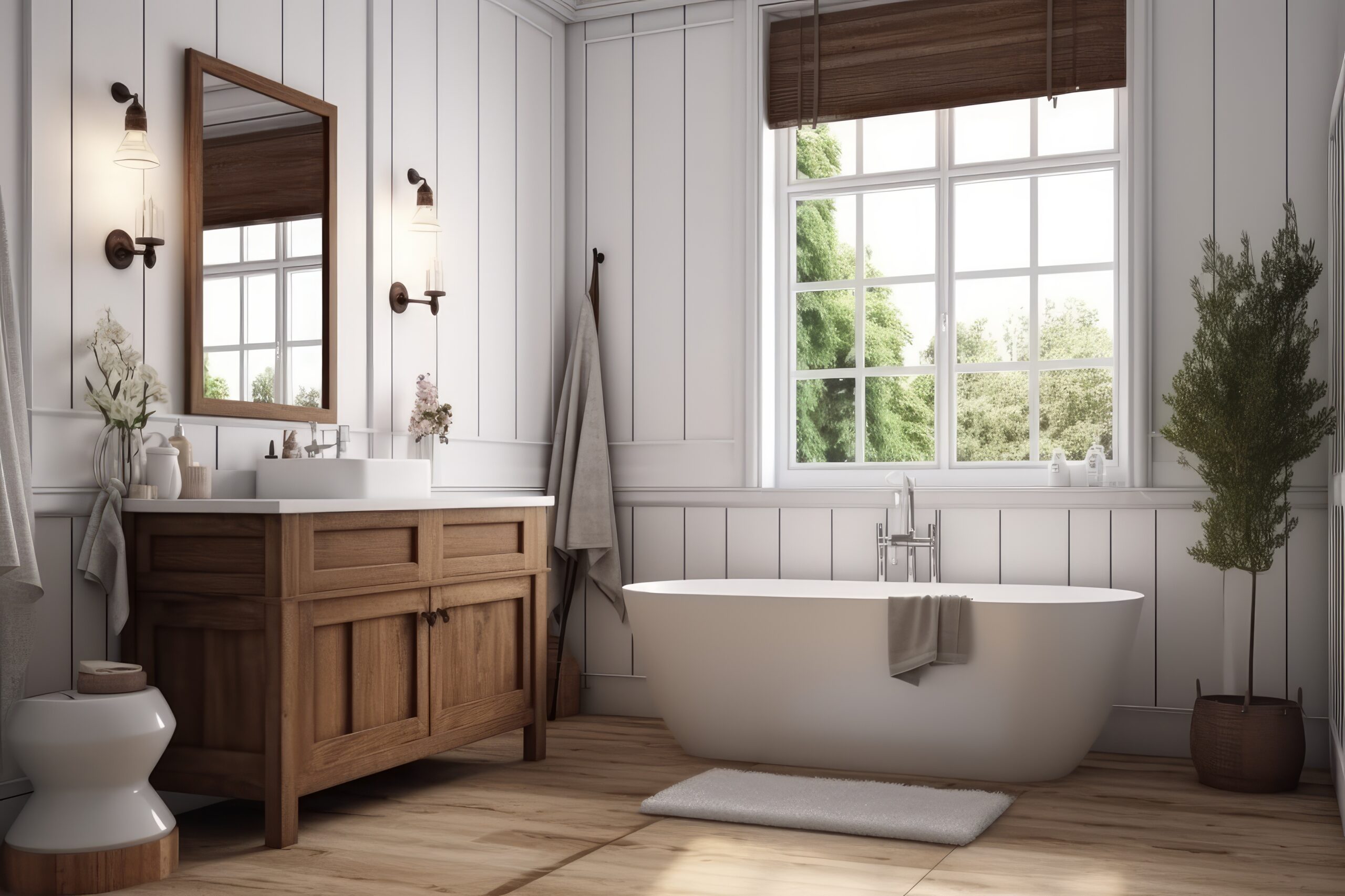
Step 1: Envision Your Ideal Bathroom
Begin your renovation journey by envisioning your dream bathroom. What style speaks to you? Classic, modern, or perhaps a fusion of both? Take some time to define your vision; it’ll be your compass throughout the entire process.
Then, determine your storage needs. Does your current bathroom provide sufficient space for your things, and you just want a cosmetic upgrade? Or, are you cramming things into overstuffed drawers and need to add more storage options in your new and improved bathroom? Will a new vanity give you what you need, or do you plan to install medicine cabinets? Will you need shelving or a storage cabinet? Defining both your aesthetic and functional needs upfront will lay the foundation for achieving your ideal bathroom.
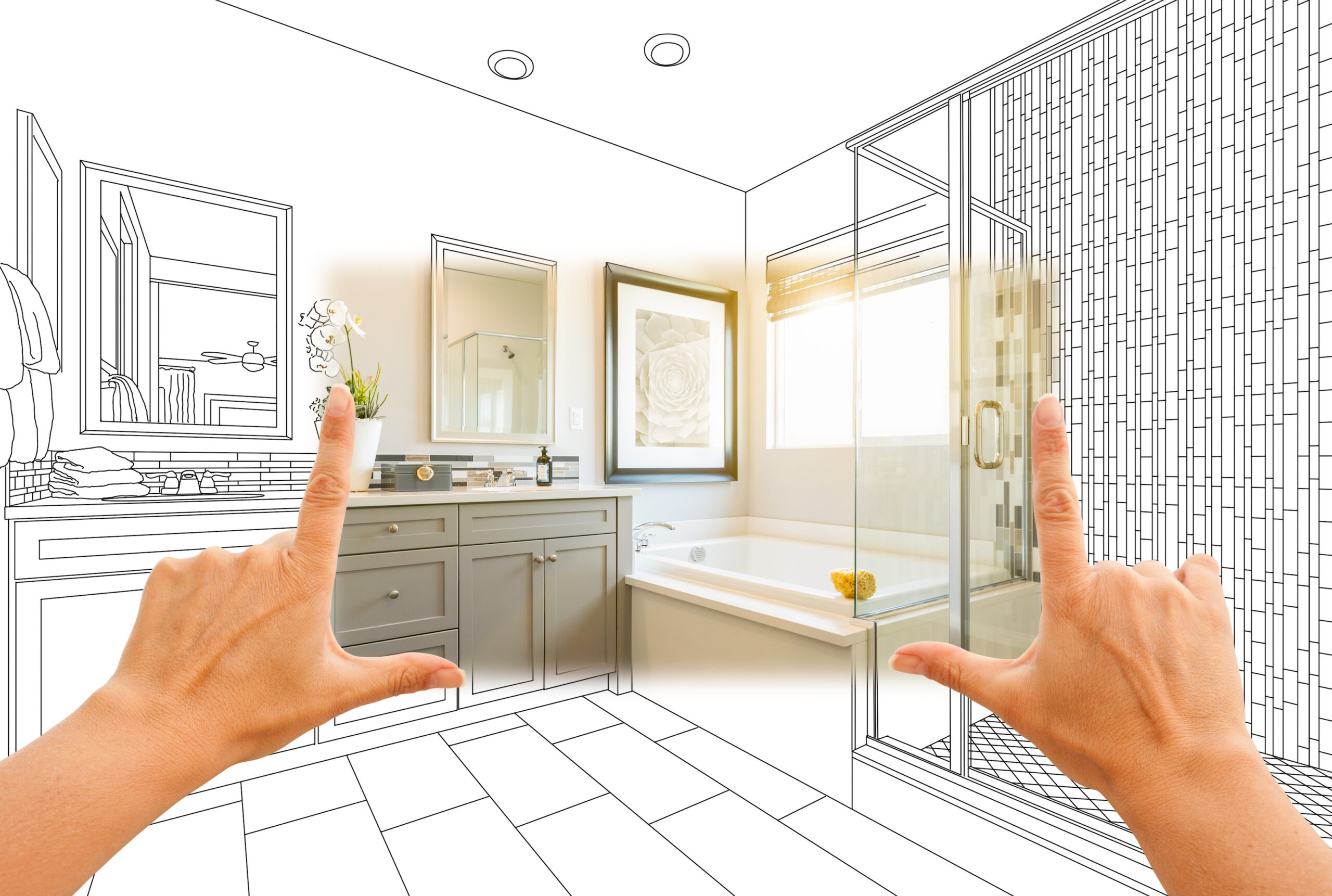
Step 2: Set a Realistic Budget
Budgeting is a crucial aspect of any renovation. It’s important to establish a realistic budget, considering both your vision and financial constraints. This ensures that your dream bathroom doesn’t turn into a financial nightmare.
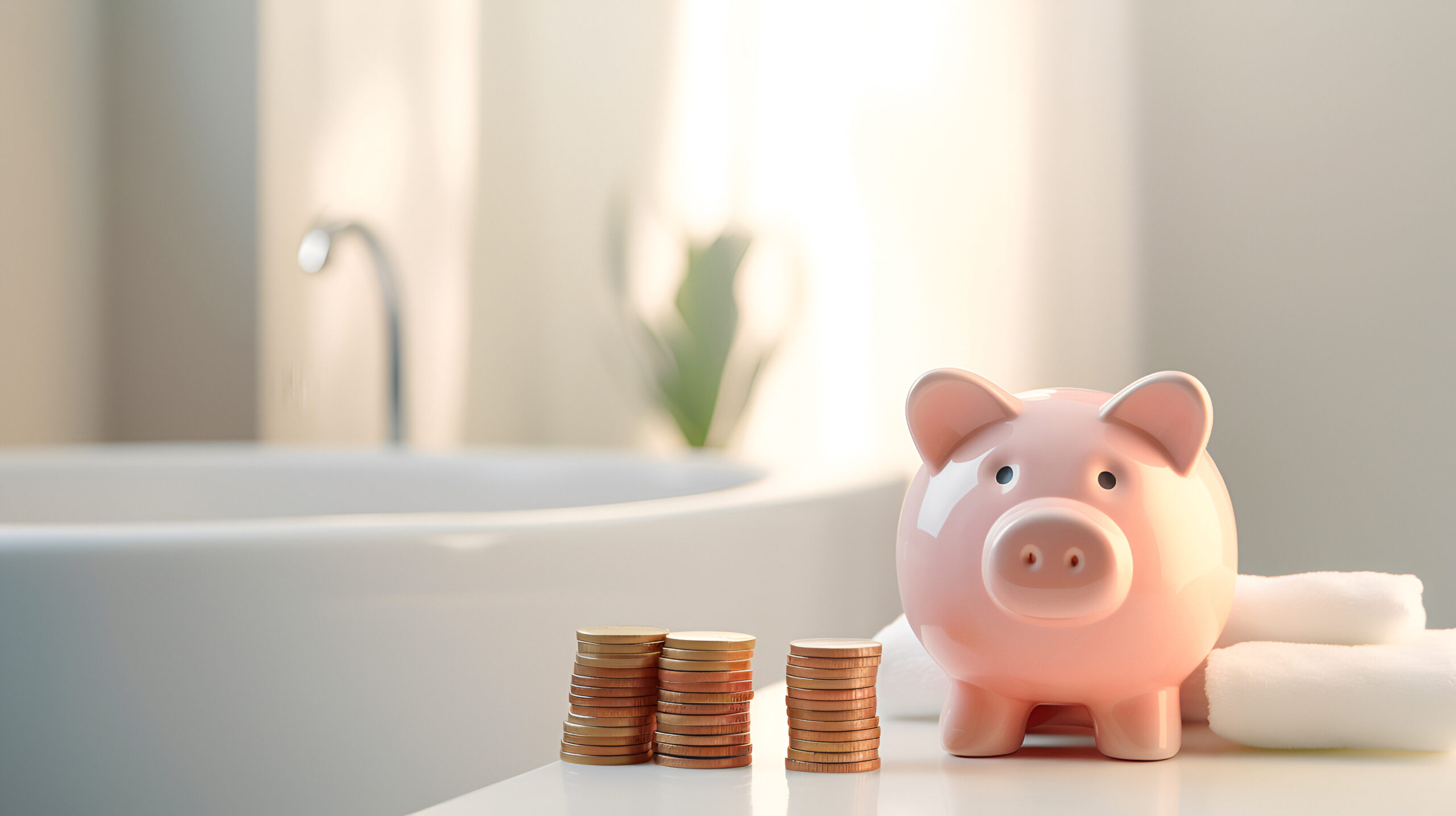
What’s a realistic budget for a bathroom remodel?
Labor will be your single biggest expense, and can account for 20%–60% of the your overall budget. For estimating other expenses, I recommend doing some research online to get a ballpark idea of how much each item will cost (toilet, sink, faucets, vanity, etc.). It’s also a good idea to set aside some additional money (contingency) in your budget for unforeseen issues that might arise during construction.
Step 3: Seek Design Inspiration
Bathroom inspiration is everywhere! Whether you’re drawn to traditional elegance or a cozy, farmhouse vibe, gather ideas that align with your vision. Create a collection of inspiration images on Instagram or Pinterest, or save images into a folder. Identify and write down what you like about each picture, and what it is about that bathroom that resonates with you. Share these inspiration images with your contractor, so they’ll understand the look you’re trying to achieve.
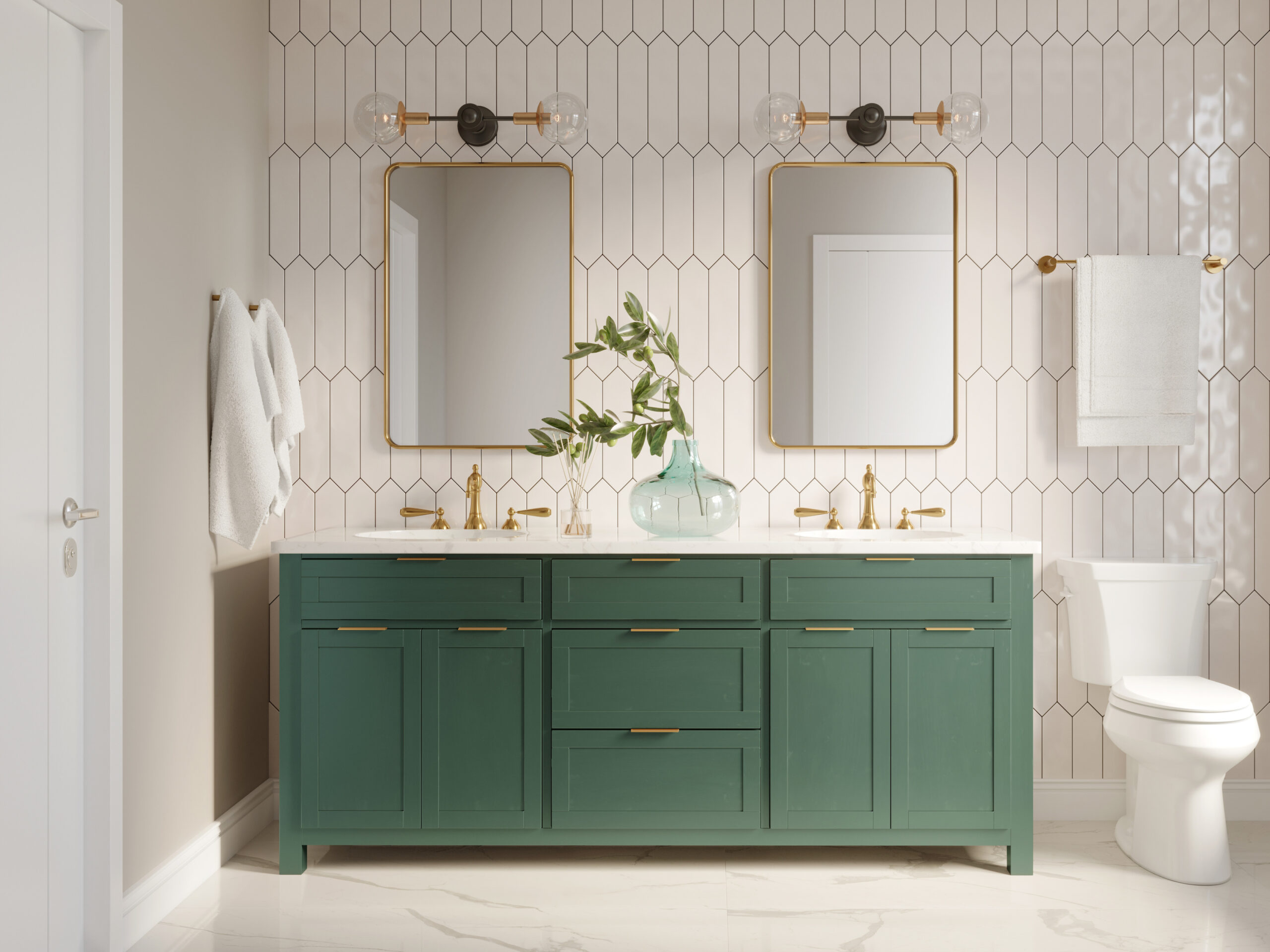
Step 4: Design Your Bathroom
The next step of your renovation is to design the bathroom. This is a step that should be done before starting any construction! By choosing all of your fixtures and finishes prior to demolition, you can save time and money on your remodel.
First, consider the layout and decide where fixtures will go. Relocating items like a tub or toilet may require plumbing adjustments, which will increase the cost of your renovation, so plan wisely for a practical and efficient design.
Next, determine your color palette. Whites exude a fresh, clean feel, while blues and greens will create a serene, relaxing setting. Wood tones and neutrals are timeless and work with a majority of design styles.
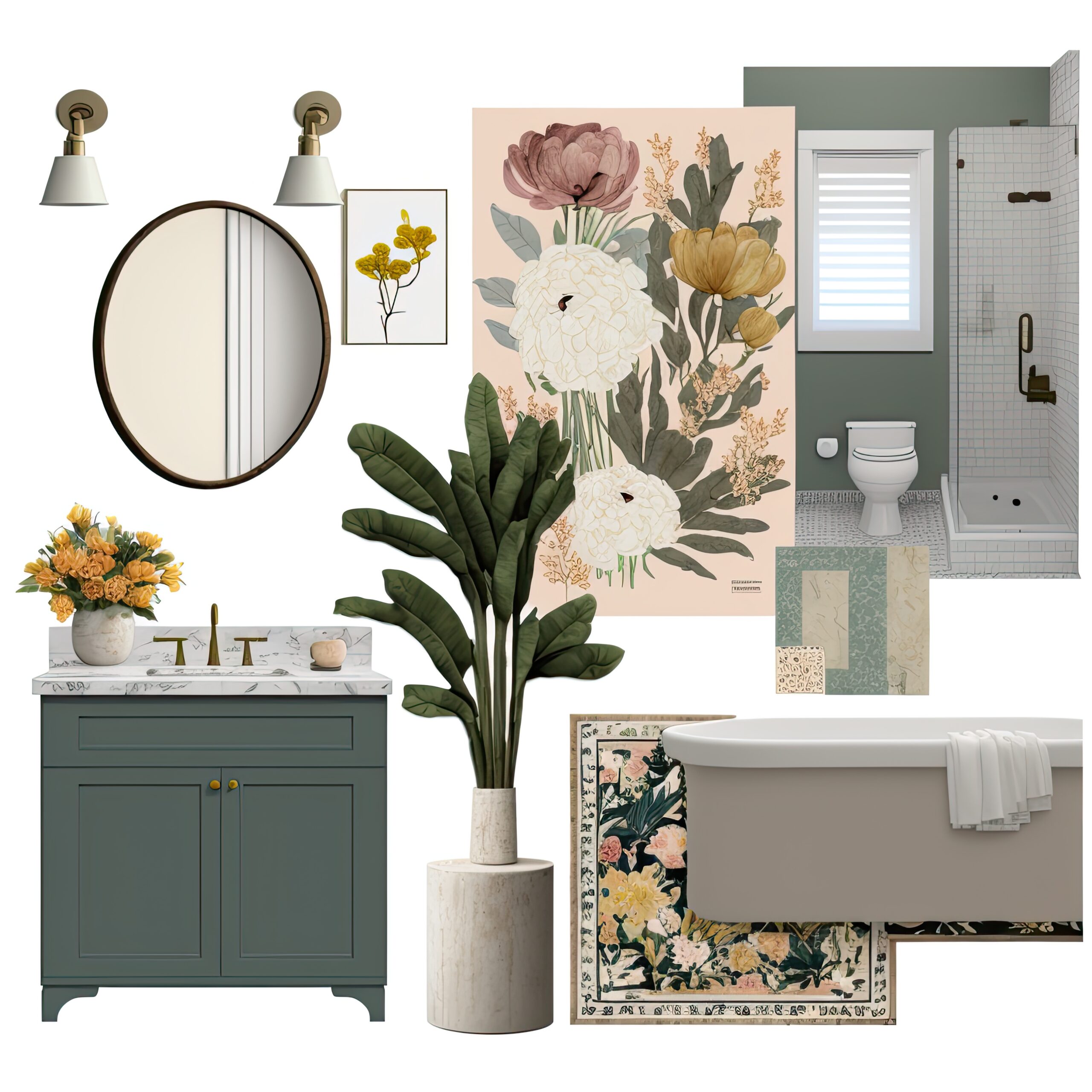
From polished chrome to matte black, faucets and hardware bring character and sophistication to your design. Be sure to choose finishes that compliment your design style and color palette. When it comes to your lighting, choose fixtures that are both decorative and functional, providing enough task lighting for your daily routine.
As for flooring, tile is a classic and durable option, while luxury vinyl has become an affordable, and beautiful alternative. If you go with tile, be sure to choose a nonslip option to provide safety without sacrificing style.
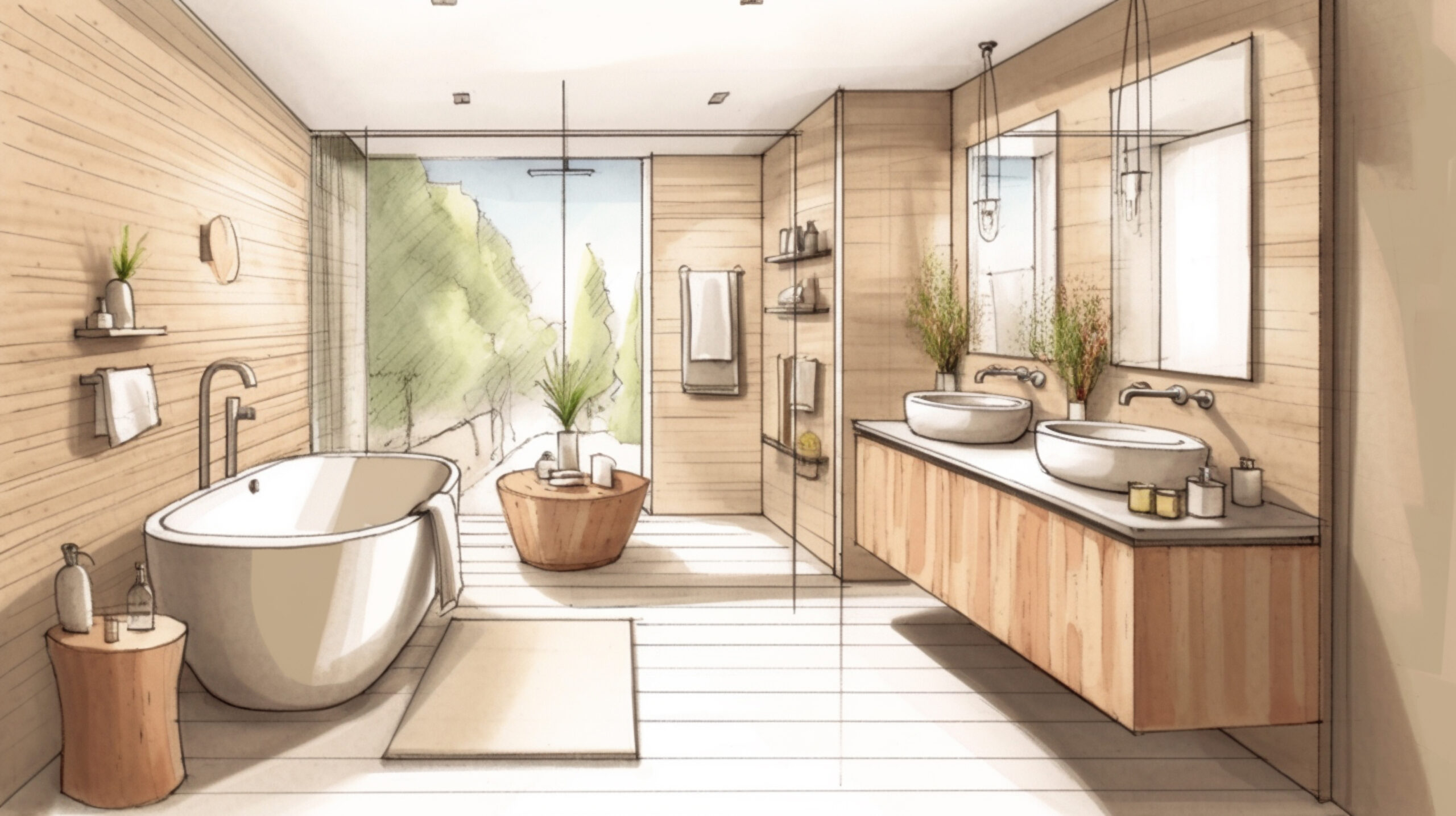
Step 5: Plan Your Tasks Effectively
As you move into the planning phase, it’s crucial to identify and organize tasks that need to be completed. Write down each task and its due date, and track completion of tasks to ensure you stay on schedule. A well-managed to-do list will help contribute to a stress-free renovation experience. Here’s a list of common bathroom remodeling tasks to guide you:
- Demolition of existing fixtures, vanity, and flooring
- Plumbing and electrical rough-in
- Reroute or lay new plumbing pipes
- Install new shower pan or tub
- Relocate or install additional electrical outlets
- Add wiring for any new lighting and ventilation
- Shower and/or bathtub installation
- Tile work for walls, shower/tub surround, and floors
- Wall and ceiling repairs or updates
- Cabinetry and vanity installation
- Toilet installation
- Countertop and backsplash installation
- Sink, faucet, and shower head installation
- Light fixture and exhaust fan installation
- Painting and finishing touches
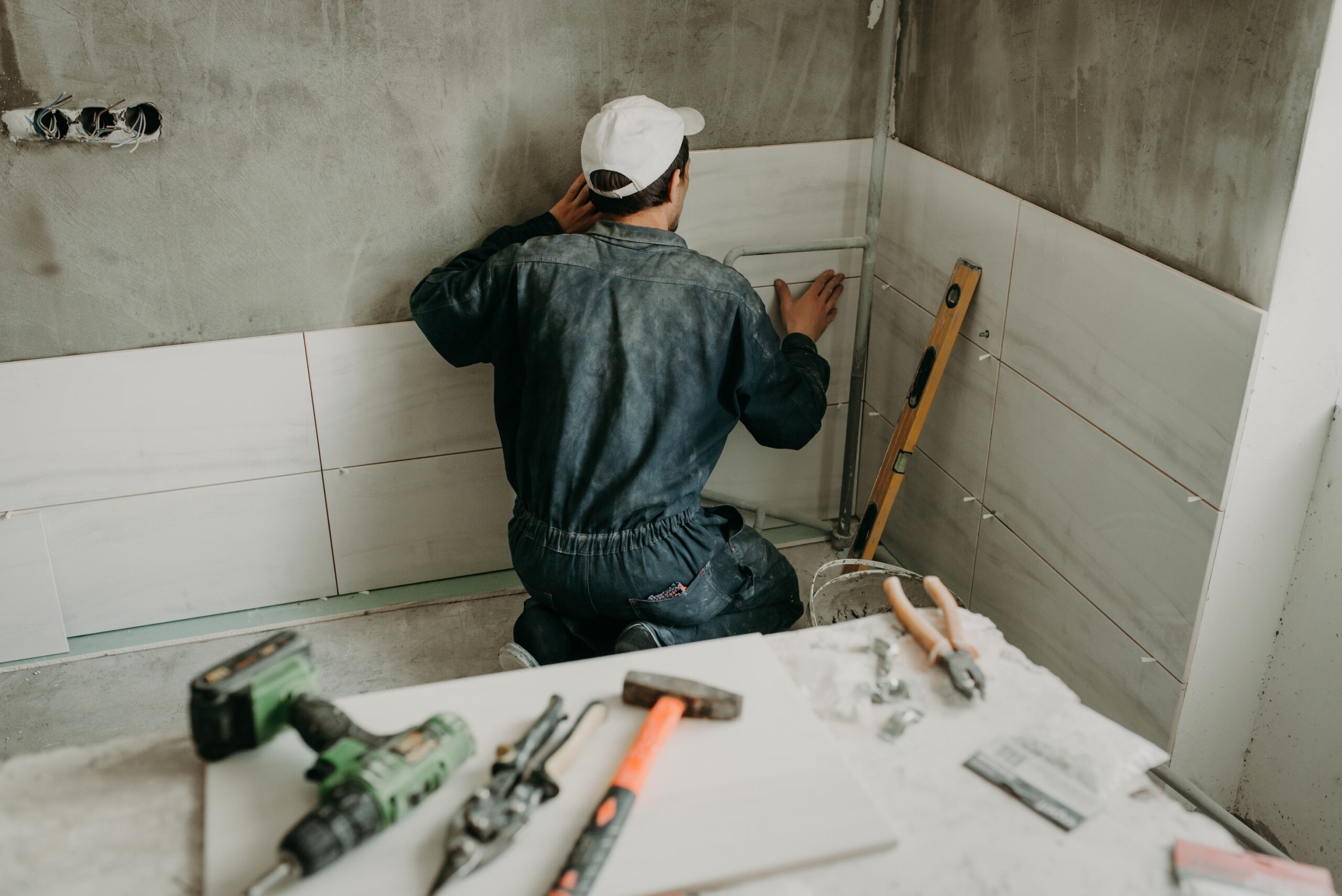
Step 6: Bringing It All Together
Now that you understand the steps for remodeling a bathroom, you’re prepared to successfully navigate the renovation process! But, how can you bring everything together, track your budget, and stay organized at the same time? Introducing my Ultimate Bathroom Renovation Planner – your trusty companion for planning your design, tracking your budget, organizing contacts, and managing tasks, ensuring no detail is overlooked. This all-in-one comprehensive planner is designed to streamline your renovation journey, and bring your dream bathroom to life!
Now it’s time to start planning out your bathroom remodeling steps, and start working toward the bathroom you’ve always dreamed of!

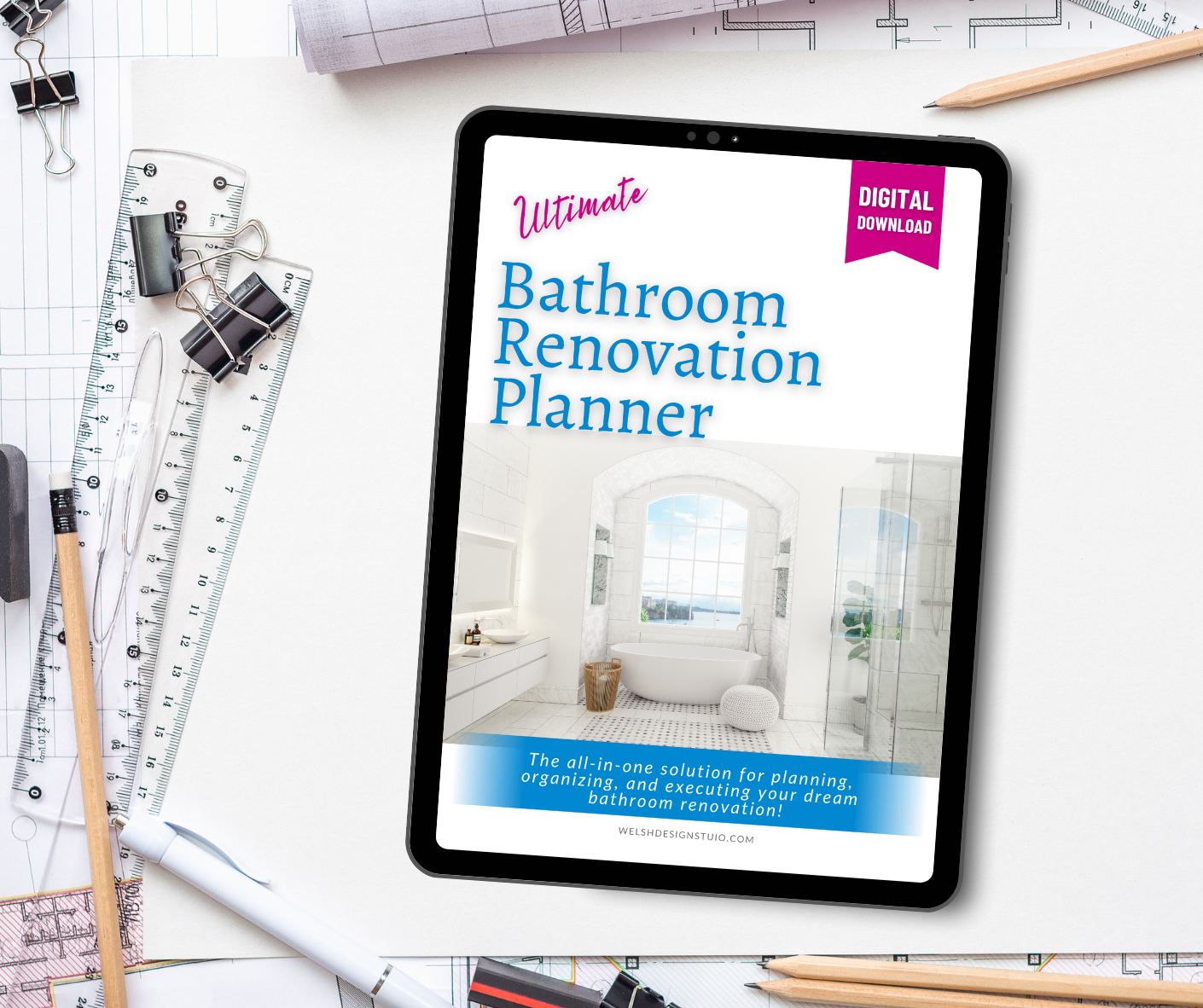
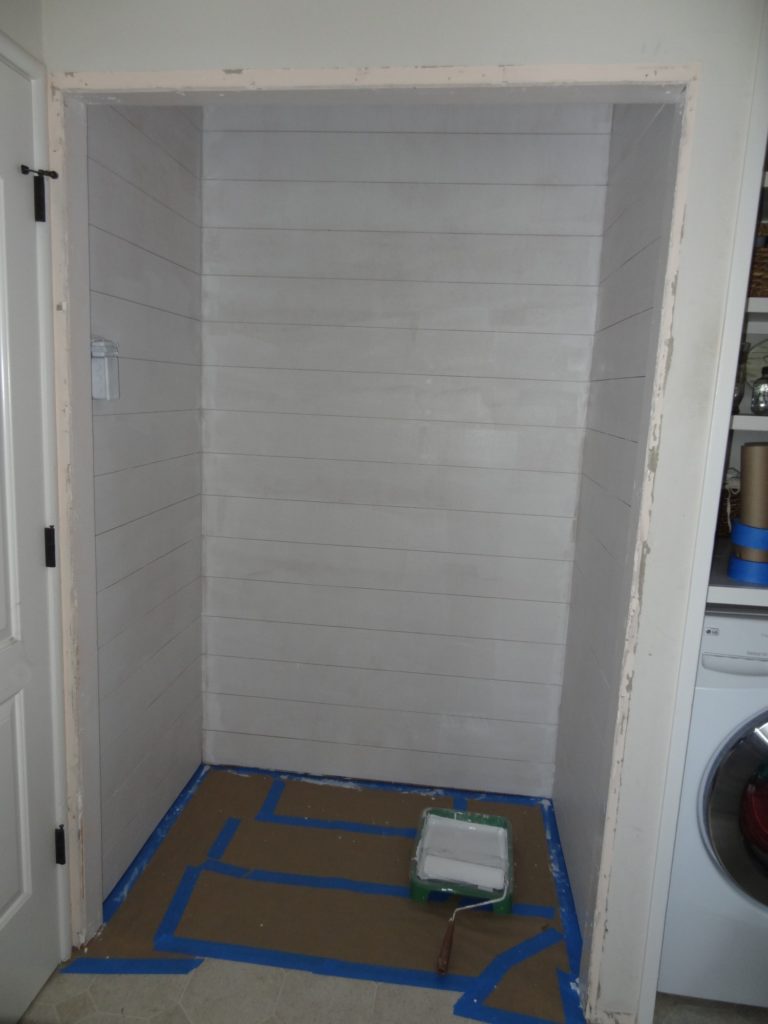

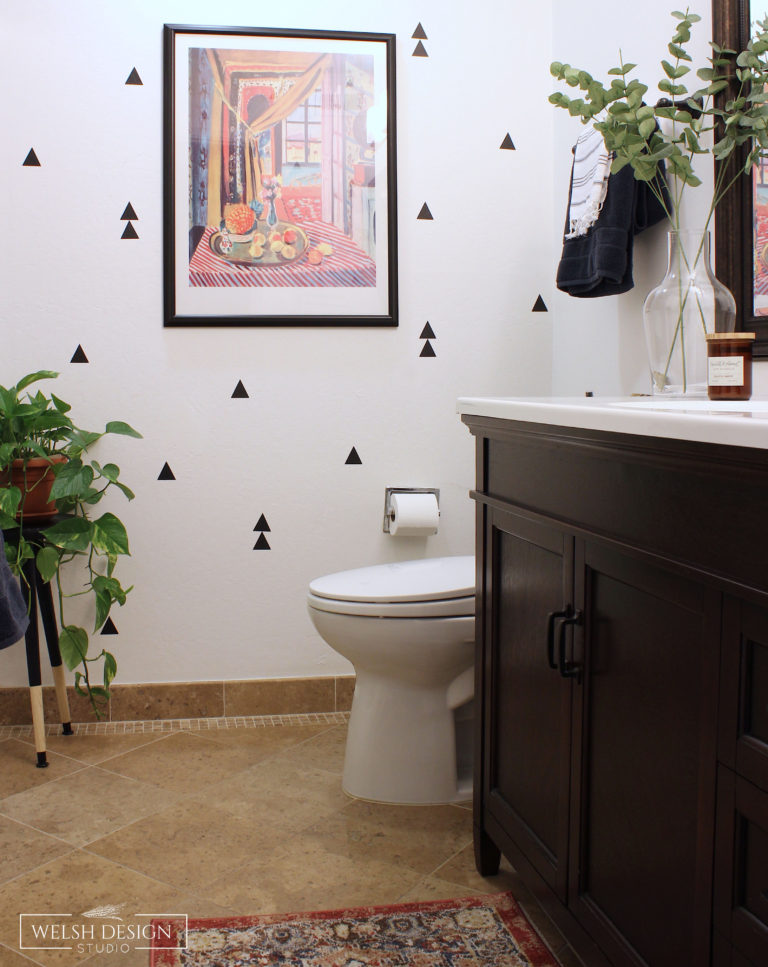
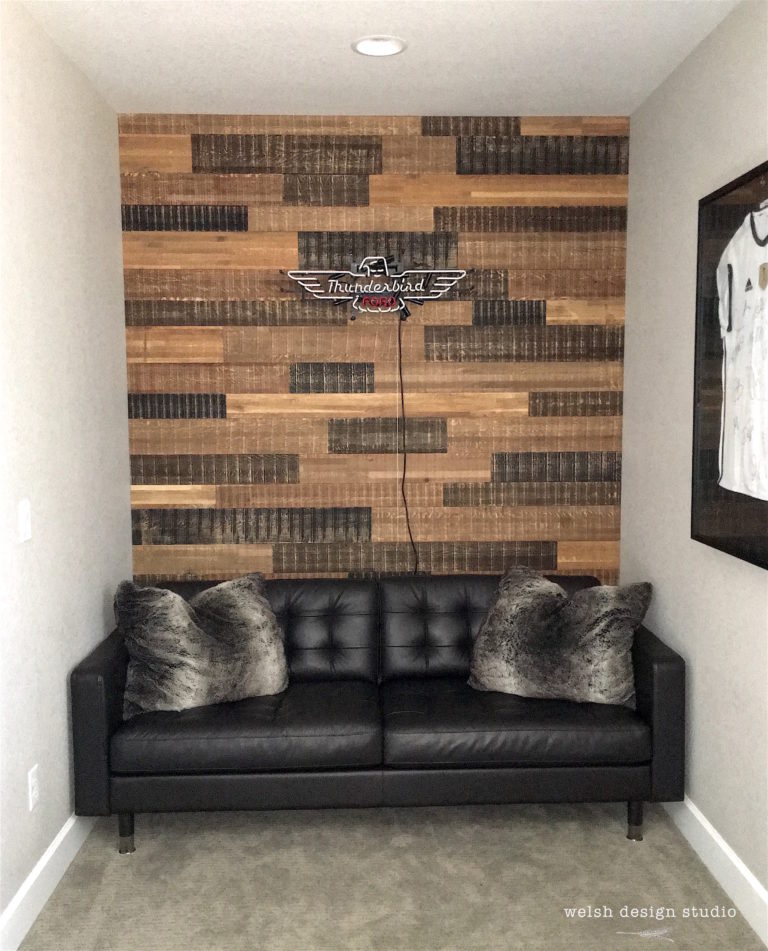


Fantastic guide on bathroom remodeling! Your detailed steps, from envisioning the dream bathroom to practical budgeting, really provide clarity to what can be an overwhelming process. I especially appreciate the emphasis on gathering design inspiration and planning out tasks effectively. Also, kudos for introducing the Ultimate Bathroom Renovation Planner – sounds like a game-changer for staying organized! Can’t wait to apply these insights to my own bathroom transformation journey.
Thanks for stopping by!
The outlined bathroom remodeling steps are insightful and practical! The systematic approach makes the process seem more manageable. Tips on design and materials add a valuable touch to the guide.
“This is fantastic! A step-by-step guide for a bathroom remodel is exactly what I need. I love the idea of my bathroom becoming an oasis, and this breakdown into essential steps feels manageable. Bathroom Renovation I’m especially curious about the ‘handy tool’ you mentioned at the end – anything that simplifies the process is a win! Thanks for sharing this valuable resource.”
Great Blog! Achieving the perfect oasis starts with essential bathroom remodeling steps. From planning the layout and choosing fixtures to selecting materials and finishes, each step contributes to creating a functional and serene space. Excited to explore how to turn dreams into reality with these key insights!
Thanks for stopping by!